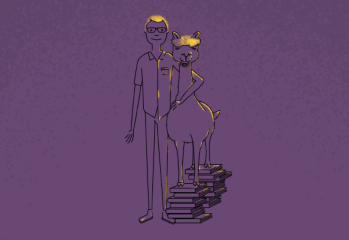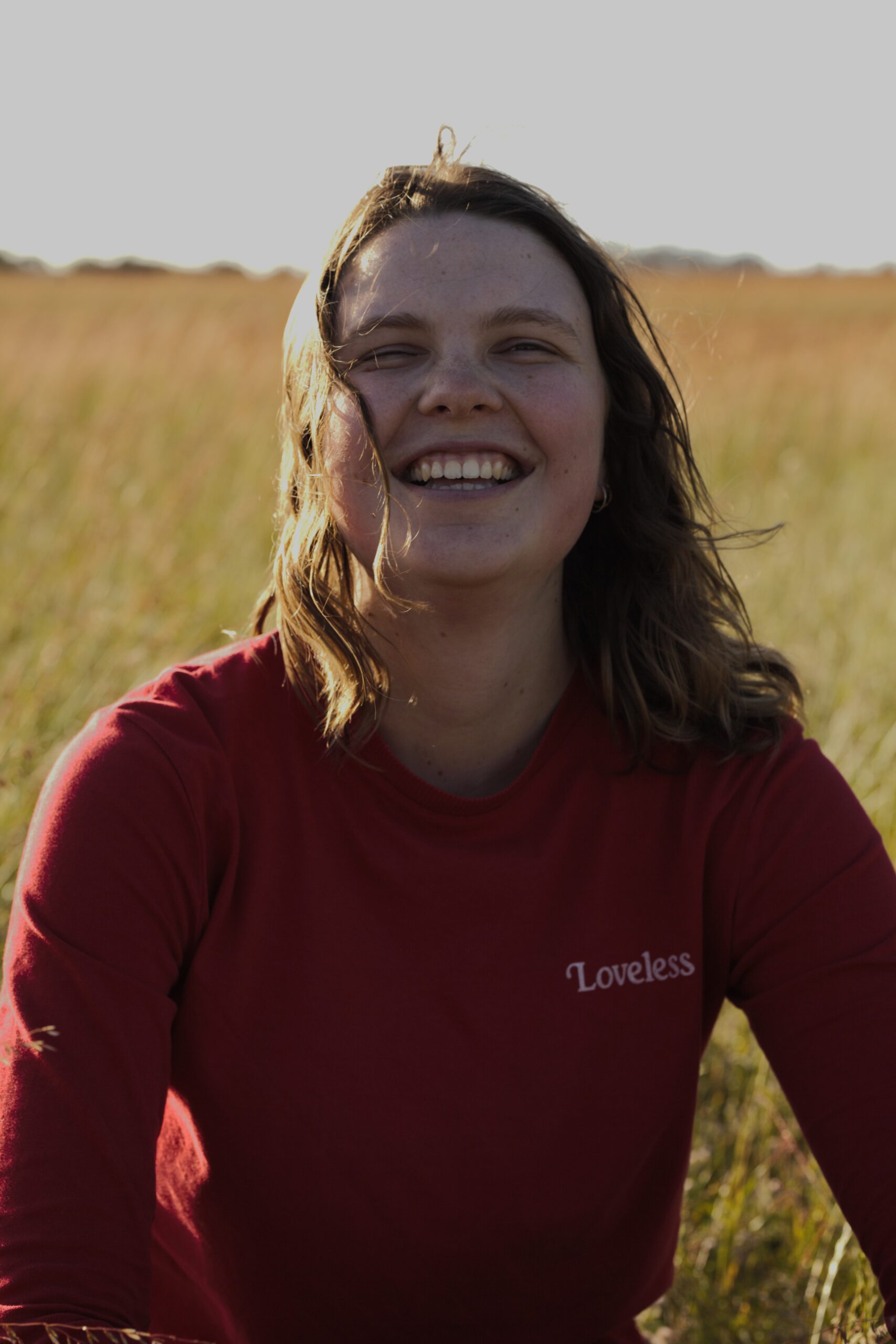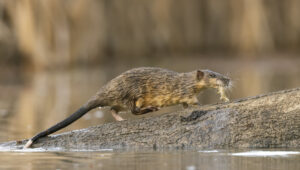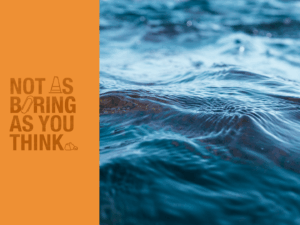Many elephants have called Perth Zoo home over the past 50 years. But by mid-2025, the two resident elephants, Permai and Putras Mas, will move to Monarto Safari Park in South Australia.
Their relocation will take them to a larger enclosure and more elephant friends. Perth Zoo is currently preparing to make their journey as smooth as possible.
Melbourne Zoo is preparing to move its Asian elephant herd to Werribee Open Range Zoo for the same reasons.
A cross-country drive with large exotic cargo in tow presents many unique challenges.
ANIMAL WELFARE IS KEY
While our elephants won’t be on the move for a few months, it’s crucial to their health and wellbeing that they’re adequately prepared for their journey.
John Lemon is the Director of Life Sciences at Perth Zoo.
He says their welfare is top priority – and there’s a few ways to ensure they travel as well as possible.
“It’s all about mutual trust and building up bonds and using particular training cues and treats to get them comfortable,” says John.
“Similar thing if you move a cat or dog across the country. You would put them in the crate and get them comfortable, give them some treats that they really like.”
Caption: One of the crates designed for elephant transportation
Credit: Perth Zoo
TAKING CARE ON THE ROAD
It’s important to prepare the elephants for engine noise and some practice eating inside their purpose-built travel crates.
Permai and Putras Mas’s keepers will accompany them on their journey. They will conduct regular health checks and help them adjust to their new life at Monarto Safari Park. This includes briefing their new keepers on their favourite foods and activities and providing familiar faces in a new place.
Many captive animals are trained in behaviour that simplifies their care. The elephants have learned to stay still while the keepers conduct physical checks, which allows their health to be assessed without sedation. These physical checks will be conducted on their journey to South Australia.
A JUMBO UNDERTAKING
Many logistics come into play when transporting animals – especially large ones.
John says the zoo receiving the animals will generally cover the transportation cost. Because Perth is so geographically isolated, it can make importing animals a costly endeavour.
Perth Zoo’s small size – 17 hectares – also prevents the addition of larger animals that need space to roam. In contrast, Monarto Safari Park totals 1500 hectares.
So why do animals move between zoos? While more space and company prompted Permai and Putras Mas’s interstate move, animals are often relocated to enhance genetic diversity.
Koalas face threats in their natural environment due to climate change and deforestation. Many Australian zoos participate in a koala captive breeding program, helping to maintain and safeguard the koala population. Koalas have recently been brought to Perth Zoo with the aim of increasing a healthy koala population.
Caption: One of Perth Zoo’s new koalas in quarantine on arrival at the zoo
Credit: Perth Zoo
CHECKS AND BALANCES
Moving animals across the country or overseas involves a lot of paperwork.
Zoos wanting to transfer an animal need to apply to the Australian Government Department of Agriculture, Fisheries, and Forestry for a permit. The department assesses the documented plan, reviews the procedures and grants the permit if standards are met.
When moving an Australian animal overseas, the receiving facility is also assessed.
Animal imports must be on the permitted import list approved by the Department of Climate Change, Energy, the Environment and Water. Species on the list may be imported for reasons such as breeding and exhibitions.
The zoo receiving the animal is assessed on its capacity to manage, confine and care for the animals, including meeting behavioural and biological needs, according to the department.
A LABOUR OF LOVE
Caption: Permai tries out the crate
Credit: Perth Zoo
Once settled into their new homes, the state government is responsible for ensuring facilities are well maintained and animals are well cared for.
Some of the criteria used to assess a zoo’s suitability include the security level, the enclosure size and suitability, and staffing. For koalas, a factor is whether the zoo can provide for their eucalypt-based diet.
Australian zoos share an online database with information about individual animals, which eliminates some of the guesswork. It includes any health issues, ongoing medical treatments and breeding history.
Over the past few decades, our understanding and passion for animal welfare has evolved. So has the zoos’ management of their animals.
The wellbeing of the animals is the priority, with captive breeding and conservation as shared goals.









